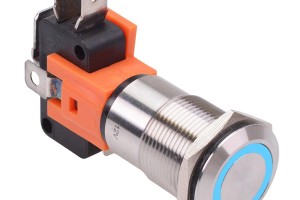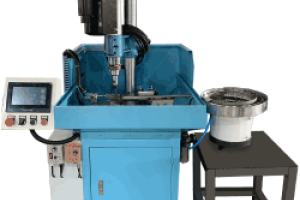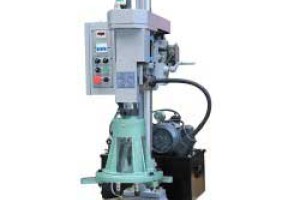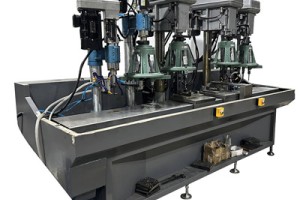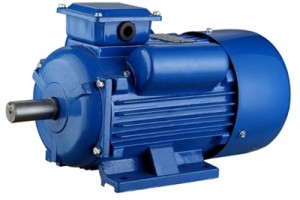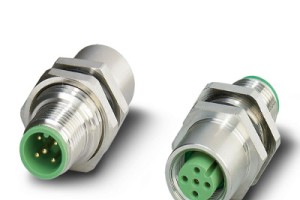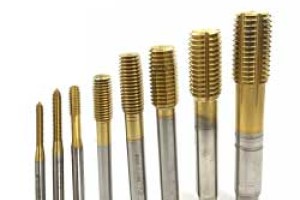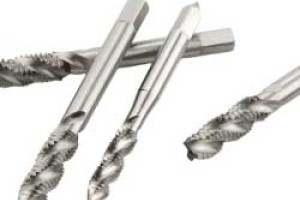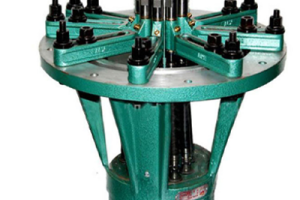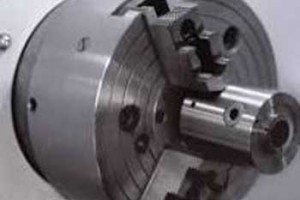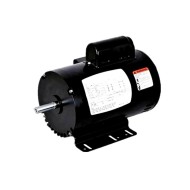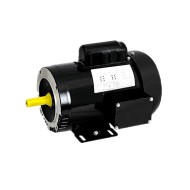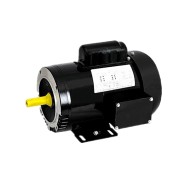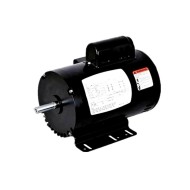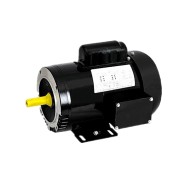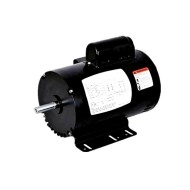



- Stock: In Stock
- Model: SCJ009512
- SKU: SCJ009512
Available Options
Ask a Question About This Product
- Description
1 hp NEMA AC Induction Motor Split Phase 115/230V ODP/TEFC
Brief
Description
1 hp AC Induction Motor Features
- 1 hp output power 2 pole 1.15SF 5/8'' shaft 56 frame size AC asynchronous motor
- Split phase small AC electric motor running @ 60Hz 115/230V AC
- Has aluminum windings for conductivity and energy efficiency and has a operating speed of 3450 rpm
- Available with open drip proof (ODP) enclosure motor and totally enclosed fan cooled (TEFC) enclosure motor
- Double shielded bearings and Class F insulation
1 hp AC Induction Motor Specification
| Basics | Model | SCJ009512 | SOCOJERS12T11 |
| Enclosure | ODP | TEFC | |
| Type | General Purpose Asynchronous Motor | ||
| Item Weight | 36 Ibs | ||
| Motor Length | 12.7 inch | ||
| Frame | 56 Frame | ||
| Design | NEMA Design B | ||
| Certification | CE, UL | ||
| Motor Material | Roll Steel | ||
| Technical Parameters | Service Factor | 1.15 | |
| Horsepower | 1 hp | ||
| Rated Frequency | 60 Hz | ||
| Phase | Split Phase | ||
| Pole | 2 pole | ||
| Voltage | 115/230V AC | ||
| Full Load Amps | 10.8/5.4A | ||
| Speed | 3450 RPM | ||
| Efficiency | 73% | ||
| Duty | Continuous | ||
| Isulation Class | Class F | ||
| Protection Class | IP54/ IP55 | ||
| Mounting Method | Foot Mounted | ||
| Environment | Ambient temperature | -15℃≤θ≤40℃ | |
| Altitude | Altitude should be lower than 1000 meters above sea level | ||
1 hp AC Induction Motor Dimension

Unit: inch
| Frame Size | AB | BA | Max A | Max B | C | D | E | 2F | H | N | N-W | O | P | R | S | U | Min V | Min ES | Min AA |
| 56 | 5.6 | 2.75 | 6.5 | 4.2 | 11.4 | 3.5 | 2.44 | 3 | 0.34 | 2.4 | 1.88 | 6.7 | 6.45 | 0.517 | 0.188 | 0.625 | 1.5 | 1.41 | 1/2 |
NEMA AC Induction Motor Connection Diagram

Details

Tips: Operation protection of AC Induction motor
The protection of AC induction motor in operation mainly includes short-circuit protection, overload protection and no-voltage protection. When the winding insulation, wire insulation or wire of the motor has short circuit, there will be high short-circuit current, resulting in dramatic decrease of wire voltage. When the short-circuit current flows through the stator winding of the motor, it will burn the motor. In order to avoid the wire and motor loss, it is required to cut off the short circuit. The common protective elements include fuse protector and circuit breaker. When the fuse protector is used as the short-circuit protection of the motor, it is possible that one-phase fuse protector burns and enables the motor to have one-phase fault.
Therefore, the breaker is usually used for short-circuit protection, avoiding the possible occurred one phase. In addition, it still possesses the overload protection function. Overload protection usually uses thermal relay. Zero-pressure protection prevents from the accident caused when the motor stops due to sudden power off and then motor starts automatically in recovering voltage. No-voltage protection is caused by the reduced revolving speed of the motor and increased current due to reduced voltage. Therefore, it is required to cut off the power supply when the power voltage reduced to a certain amount, realizing no-voltage protection. The contactor in normal circuit possesses the no-voltage protection function. When the power voltage reduces to a certain value, the contactor releases to cut off the motor power.
- Reviews
